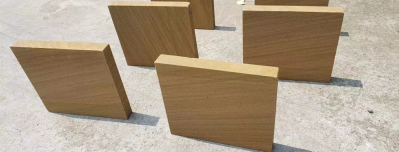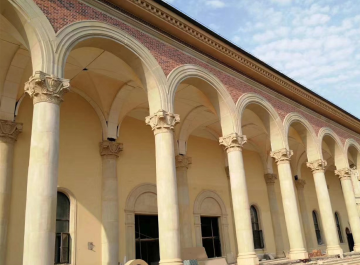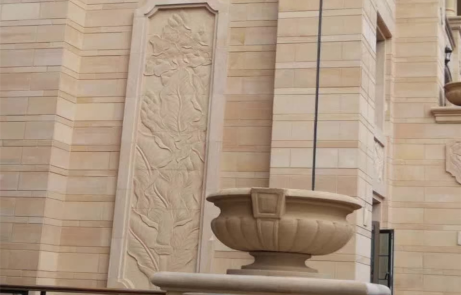

China Sandstone rocks are sedimentary rocks made from small grains of the minerals quartz and feldspar. They are often used as building stones.It has also been used for artistic purposes to create ornamental fountains and sandstone statues. Chinese sandstones are resistant to weathering, yet are easy to work. This makes China sandstone a common building and paving material including in asphalt concrete.
Sandstone deposits can be a beautiful part of the natural environment and apart of the breath-taking views at many natural parks and preserves. The sandstone deposits of the the Grand Canyon, Zion, Bryce, Mesa Verde, Arches, and Red Rock National Parks to name a few in just the USA provide millions of visitors spectacular views.
Mined sandstone can be cut, polished and carved for many uses. It is used as ornamental rocks for buildings, grave stones, bookends, beverage coasters,China sandstone tiles and many other possible uses. Sandstone can also provide silica for glass production.


Sandstone forms wherever sand is buried under the right conditions to pack it into a solid rock. This often occurs in offshore river deltas; however,China sandstone slabs is also found in desert dunes and on beaches.
Most China sandstone is composed of quartz or feldspar because these are the most common minerals in the Earth's crust. Like sand, sandstone may be any color, but the most common colors are tan, brown, yellow sandstone , red sandstone , grey sandstone , pink, white sandstone , and slate stone